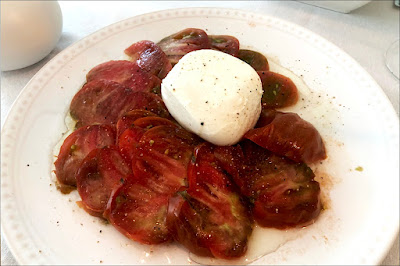 |
| The Glory of the Holy Spirit with trumpet |
We praise Thee, O God: we acknowledge Thee to be the Lord.
Thee, the Father everlasting, all the earth doth worship.
To Thee all angels; to Thee the heavens and all the powers:
To Thee the cherubim and seraphim continually cry:
Holy, holy, holy Lord God of Sabaoth.
Heaven and earth are full of the majesty of Thy glory.
Thee, the glorious choir of the apostles,
Thee, the admirable company of prophets,
Thee, the white-robed army of martyrs, praise.
Thee, the holy Church throughout the world doth acknowledge:
The Father of infinite majesty;
Thy adorable, true, and only Son;
Also, the Holy Ghost, the Comforter.
Thou, O Christ, art the King of Glory,
Thou art the everlasting Son of the Father.
When thou didst take upon Thee to deliver man,
Thou didst not disdain the Virgin’s womb.
Having overcome the sting of death, Thou didst open the kingdom of heaven to all believers.
Thou sittest at the right hand of God, in the glory of the Father.
We believe that Thou shalt come to be our judge.
We therefore pray Thee to help Thy servants, whom Thou hast redeemed with Thy Precious Blood.
Make them to be numbered with Thy saints in glory everlasting.
Save Thy people, O Lord, and bless Thy inheritance.
Govern them, and raise them up forever.
Every day we bless Thee.
And we praise Thy name forever; yea, forever and ever.
Vouchsafe, O Lord, this day, to keep us from sin.
Have mercy on us, O Lord, have mercy on us.
V. Blessed art Thou, O Lord, the God of our fathers.
R. And worthy to be praised, and glorious forever.
V. Let us bless the Father and the Son, with the Holy Ghost.
R. Let us praise and magnify Him forever.
V. Blessed art Thou, O Lord, in the firmament of heaven.
R. And worthy to be praised, glorified and exalted forever.
V. Bless the Lord, O my soul.
R. And forget not all His benefits.
V. O Lord, hear my prayer.
R. And let my cry come unto Thee.
V. The Lord be with you.
R. And with thy spirit.






































































